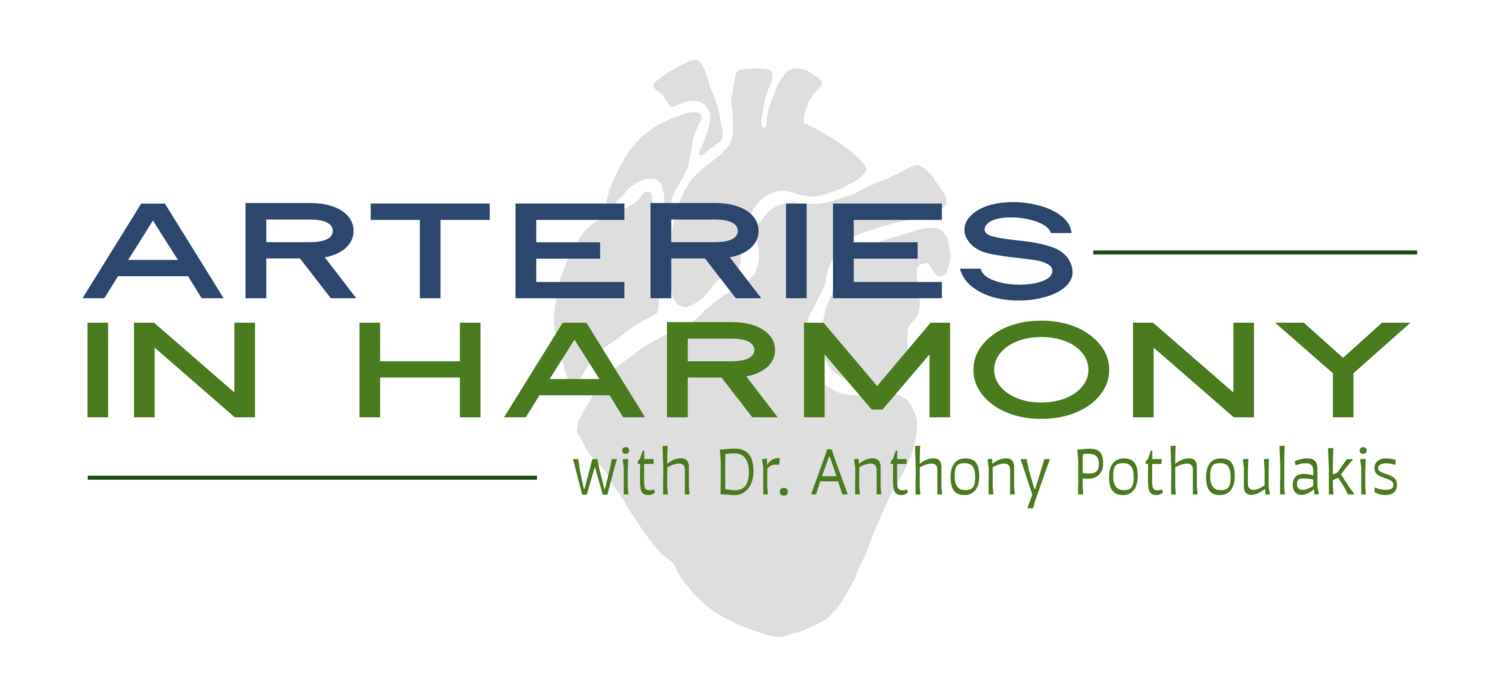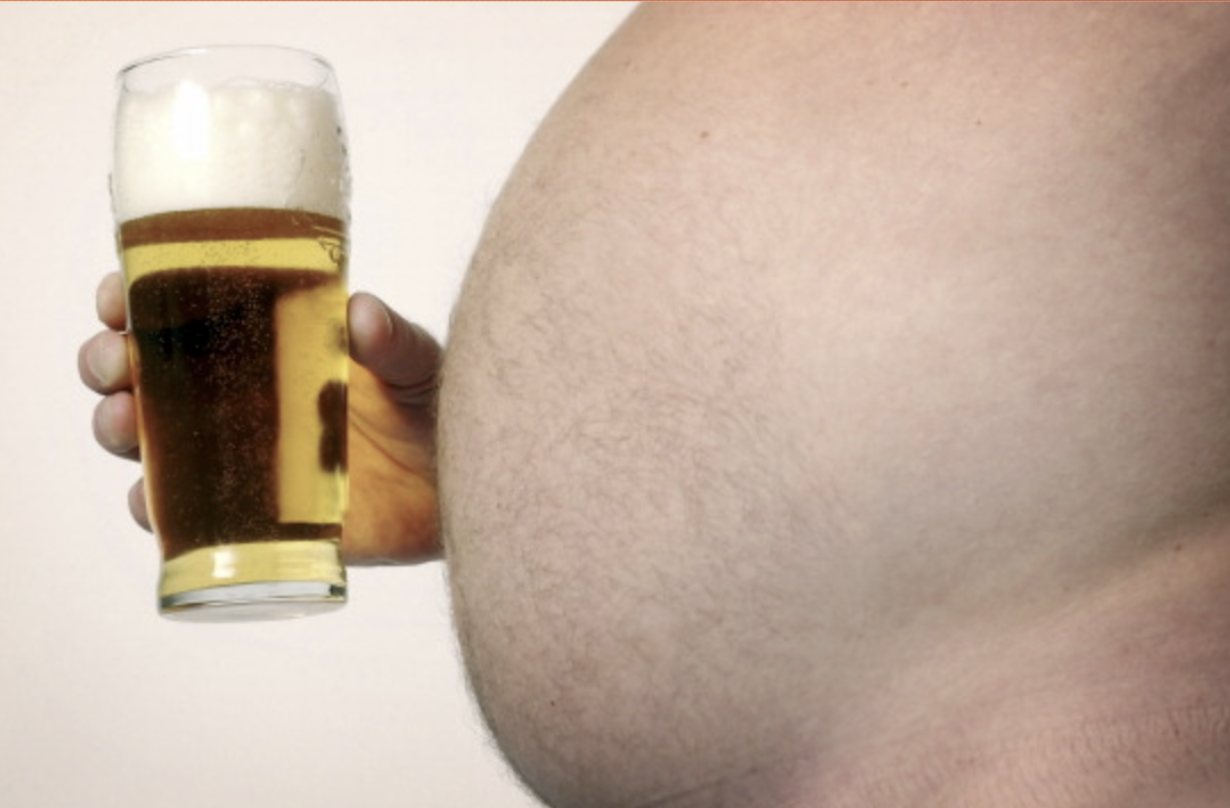New Year, New Diet? - Keto (Part 1 of 3)
A New Year! Another chance for us to start fresh and make the most out of the year. With the New Year comes resolutions -- and the most common one? To lose weight! While there are many different kinds of diets, exercises and ways to get healthy, in my book I discuss the positive health benefits of two trendy diets: the Paleo Diet and the Mediterranean Diet. I stand by these two ways - or philosophies - of eating more than any other kind of plan. However, I also need to acknowledge another diet that is making waves in the health industry: the Keto Diet.
The Keto Diet has become extremely popular -- and for a good reason, as it helps you lose a lot of weight in a relatively short amount of time and without feeling hungry. Keto diet, or “The Diet Without Carbs”, consists mainly of protein, fat, and vegetables. However, it’s a strict diet: can you imagine spending the rest of your life without ever again tasting fruits, bread, pasta, milk or ice cream?! So, if you are looking to try a new way of eating, read below as I give a little synopsis into these three popular diets! Let’s start with the Keto Diet.
The Keto diet is higher in fats and proteins, and keeps carbs down to a minimum.
The Ketogenic Diet, or Keto diet as it’s commonly referred to, has taken the country by storm. The Keto diet is based around the high consumption of fats, proteins, and vegetables while limiting carbohydrates to no more than 20 grams per day (think that even spinach contains 1 gm of sugar per serving). By eating foods that are higher in fat and protein, the body stays fuller longer and that’s the key secret of this diet: you don’t have to feel hungry to lose weight. The fats you can eat include both the heavy saturated fats like bacon, red meats, and excess cheeses, but also the healthier fat choices, like avocados, eggs, and coconut oils. The only carbs that are allowed in the Keto diet are those mainly those found in vegetables and berries. Carbs (such as simple sugars, high Glycemic Index foods, white bread, white pasta, and even some fruits) are extremely restricted as they force insulin to spike. This leads to mild hypoglycemia and hunger. Imagine that you eat to stay full and satisfied, instead of eating every 2 hours when hunger strikes -- which is what simple sugars do!
Beyond being so strict and so difficult to maintain over time, another drawback to trying the Keto diet is the Keto flu. This occurs because our brain is programmed to run on sugar. With the Keto diet, you take sugars out which forces the brain to make an unpleasant adjustment and run on fat instead. The brain doesn’t like that and will let you know: you can feel extremely tired, with possible constipation or diarrhea, as well as bloating. These symptoms may last anywhere from a few days to a few weeks -- but that is to be expected as our bodies get outside their comfort zone (or comfort food!) and have to go through such a drastic transition over such a short period of time. Most scientists do not like the Keto diet because it allows you to eat large quantities of saturated and bad fats. But the main problem that a lot of people deal with on the Keto diet is the inability to maintain the changes in the long run. If you have followed the Keto diet for an extended period of time, lost the desired amount of weight and then go back to your old ways of eating, the weight that you lost will come right back. So, can you stay away from beer, pasta, bread or milk chocolate forever? Not many people have done it.
Finally, I want to add that, as a doctor, I am frequently asked about what this kind of eating does to our arteries, mainly because of the consumption of high fats. The answer comes down to this: if you are obese or significantly overweight, losing the excess weight (in fat) is much healthier in the long run than the effects of a high-fat diet.
Stay tuned! I will discuss two other tasty diets that you can adhere to in the long run and are approved by many scientists.
To your health!
Dr. Anthony
Know someone who would appreciate this blog? Share it with them!
Do you know what your blood pressure is? - Part 2
Let’s continue our talk today about High Blood Pressure. In my last blog we covered normal vs high BP, how to take your own blood pressure at home, and how your physician is always the best resource.
Suppose you go to your family doctor once a year for your wellness check up. Let’s say it’s June of 2018, and your blood pressure is at 130 over 80. Very normal. Flash forward to November or December, and suddenly your blood pressure starts to rise to 140, 150, and so on. Most HBP symptoms will not show up right away. That means that when you finally go back to your doctor for your yearly check up in June of 2019, your “healthy” blood pressure is now way higher than you ever intended. That means you have let your arteries and heart to deal with high blood pressure for 4 or 5 extra months, without ever knowing it!
Now, if you’re able to monitor your BP at home, you don’t have to schedule a checkup every 6 months or more often, as you start to get older. You can do everything in the comfort of your own home without even having to set foot in a doctor’s office. Technology is a beautiful thing, isn’t it? Ideally, you should be checking your blood pressure once, if not twice a day. After one week, doing it twice a day, you’ll have 14 measurements to base your analysis on. You can decide then whether a doctor’s visit is worth the trip. This does not apply to people that have diabetes, trouble with their weight, and any previous heart attacks-they should not skip any scheduled appointment.
If it’s possible, check your blood pressure at home on a regular basis — a small investment could save you hundreds or thousands in the long term!
Our arteries are our lifelines - they are like highways, avenues, streets, and alleys. Cities cannot survive without roads, just like your body cannot survive without arteries to guide the blood from organ to organ. Every heartbeat is a mechanical stressful event. With every heartbeat about 2 to 3 ounces of blood are expelled from the heart to the aorta, making it larger to accommodate the blood volume. The inside of our arteries is covered by a carpet- like material called endothelium, also referred to as “endo” cells. These cells are extremely important because, as your blood pressure rises, these cells begin to expand and stretch, eventually stretched so thin that they allow destructful molecules and cholesterol to invade the artery wall. The result can be a stroke, heart attack, or any other serious issue. So, in order to keep this carpet-like material intact and stable, we need to watch our blood pressure and be aware of how our body is changing with age.
I cannot stress enough that you are the only one that can monitor YOUR health and keep it on track. No one wants to have to go to the doctor’s every month or paying insurance bills if it’s possible to monitor your blood pressure from your own home. Track your blood pressure, eat right, and exercise as needed - it’s as simple as that!
To your health,
Dr. Anthony
Do you know what your blood pressure is?
High blood pressure (BP) damages arteries, hearts, brains and kidneys and does so while causing zero symptoms before the final blow. This is why high BP has earned the reputation of a silent killer. So how would you know if your BP is high if you don’t monitor it? The answer is simply that you wouldn’t.
High BP (defined as a BP higher than 130/80) affects two out of five US adults; it is even more common among African-Americans or those with a first degree relative with high BP. As high BP is so common and usually causes no symptoms in the early stages, it’s important to monitor it on a frequent basis so that we can detect a BP problem as early as possible. It is worthwhile spending the 50 or so USD on a reliable automatic digital BP machine and learn to take it ourselves. We can ask our primary care physician or her/his nurse to help us and guide us so that we do it right (it is so easy to overestimate your BP if you do not follow the proper instructions).
We are never too young to start monitor our BP. Even children can have a high BP (BP is considered high in children at even lower levels than the 130/80 threshold for adults). In our 20s we should monitor our BP every 3-6 months. Once we hit our 30s, especially if we are overweight (or have a positive family history for high BP), it is a good idea to monitor it monthly. For those who already have a high BP diagnosis, BP must be monitored once a week or even more frequently if the doctor suggests so. Not being aware of high BP can cost us dearly: even a few months spent with undiagnosed high BP can contribute to kidney failure, stroke or heart attack later in life. Self-monitoring our BP is one of the most palpable ways to show that we care about our health and accept responsibility for what happens to it. Know that as we get older, eat too much sodium or not enough potassium (meaning that we don’t eat those five portions of fruits and vegetables a day) our BP goes up: only one in five individuals at the age of 80 has a “normal” BP.
Consider that both BP numbers (the high or “systolic” and the low or “diastolic”) are important for good health. An optimal BP for a 20 year old would be around 100-115/70-75. Later in life a BP of 120/80 is acceptable but even a mildly elevated BP (for example a BP of 130/85) can cause problems in the long run. If your BP is above 130/80 in spite of avoiding salt in your food, eating lots of fruit and vegetables and exercising, you must let your doctor or other health care provider know.
So, don’t become a victim of this silent killer. Learn how to monitor your BP yourself and how to keep it low.
To your health!
Dr. Anthony
Do you stint on your sleep?
So you’ve been making changes to your diet and lifestyle to become a happier and healthier individual… that’s great! But have you been catching enough zzz’s?
Today, I want to talk to you about sleep and how essential it is to our health. As we try to define what a healthy lifestyle is, we need to understand that, while exercise and a healthy diet are the pillars of getting on track with a healthy lifestyle, we must also factor in sleep, stress management, and other key factors that people too often push under the rug.
Scientific studies have concluded that we need 7-9 hours of sleep a night in order to function properly and let the body do its intended job of healing. Our ability to make decisions, to operate machinery, and other issues may be impaired when we are sleep deprived. Not only can sleep deprivation affect our day in terms of safety and productivity, but it affects our body internally as well. Some of the effects that sleep deprivation can have on the body are:
Appetite increases, which can lead to weight gain
Blood pressure rises, eventually causing high blood pressure
Blood sugar metabolism worsens which, in the long run can contribute to T. 2 diabetes.
If we sleep less than 7 hours a night, that can damage our body over the years. We are all pressured to work longer hours, stay up late, and not get to bed at a decent hour - which causes us to stint on sleep. The price we pay now and in the future regarding our health, can be detrimental. Do you have a job that forces you to stay up until midnight and wake up feeling fatigued, fuzzy, and irritable? If the answer is yes, take a second to assess how much sleep you are truly getting each night and if your health is paying the price. YOU are the only one that can make that choice for yourself. Choose health and try to schedule in 7-9 hours a night.
For extra advice visit the Sleep Foundation and read about how to get into a better routine and get your health, mind, and body back on track. A few of the tips and tricks that they provide are:
Avoid eating heavy meals or drinking caffeine and alcohol several hours before your set bedtime.
Make your room a pleasant and peaceful place that promotes sleep.
Avoid screen-time and harsh lighting a few hours before bed- try reading a book instead!
Healthy living requires high quality sleep. Get your sleep on track and your body will follow.
To your health!
Dr Anthony
The Tip of the Iceberg
Last week I was honored to present on the obesity-diabetes-and artery disease epidemic to a group of Delta employees in Atlanta. The venue was warm and inviting and very well organized. The participants were engaged and asked a large number of insightful questions. After my talk was over, I was invited to one of the working areas and I was happy to see that there were so many standing desks and a lot of opportunities for the employees to be physically active. A great workplace!
I used several PowerPoint slides for my presentation. One of those showed a picture of a gigantic iceberg where both the above-the-surface and below-the-surface parts of the iceberg were visible. The caption read: “Why am I showing you this picture?” After I let the question sink in the minds of the audience for a few seconds, I presented the next slide. There was the picture of a huge belly of a man. The face or the rest of the body were not shown; the focus was on the belly. The caption read: “Because it is so easy to see this…”. The next slide followed in quick succession and its caption picked up where the previous one left: “...but you can’t see that!”
Just like the iceberg that sunk the Titanic, what is hiding below the surface is the most dangerous. Our artery health can’t be seen from the outside, but inside, the story is much different.
You can clearly see the “deeper issue” in this up-close photo of an adult artery.
The “that” was the inside of an artery of a person with a huge belly like the one on the slide. The artery looked ugly, like a war zone. Instead of appearing like a smooth glistening tube, the inside of the artery was uneven, filled with dirty-looking red and yellow growths, like tumors. These tumors were not cancers; they were advanced-stage cholesterol plaques with bleeding and clots on their surface. Such an artery can become the cause of a heart attack, stroke or sudden death without further notice. The slide that followed showed exactly how such a thing can happen. Most of us (especially men) start developing thin fatty lines in the wall of our arteries when we are teenagers. These early fat accumulations are called “fatty streaks” and represent the only form of cholesterol accumulation in our arteries that is reversible. As the cholesterol plaques continue to develop, it usually takes them a minimum of 20 plus years to mature and, usually, cause zero symptoms during that phase. Once mature, they can, all of a sudden and without any further warning, become unstable, and within a minute they can be causing serious symptoms like chest pain, heart attack, stroke or even sudden death.
Unfortunately, in western countries like ours, by the time we are 45 years of age most of us (especially men) do have some cholesterol plaque in the walls of our arteries. As long as these plaques stay stable, they are not a health problem and usually cause no symptoms. Once unstable, the result is catastrophic. So, what do we need to do to keep any plaques stable:
No smoking (not even one or two cigarettes a day)
Keeping our blood pressure and LDL cholesterol low (our health care provider will advise us whether or not we need medications to achieve this)
Staying physically and socially active
Eating a healthy diet with an emphasis on avoiding abdominal obesity by excluding fast carbs
Avoiding alcohol abuse
Sleeping at least 7 hours per night
Avoiding excessive stress
So, take good care of your arteries in order to keep any possible cholesterol plaques at bay and enjoy a long life without heart attacks, strokes or the need for heart surgery or other heart procedures.
To your health,
Dr. Anthony







